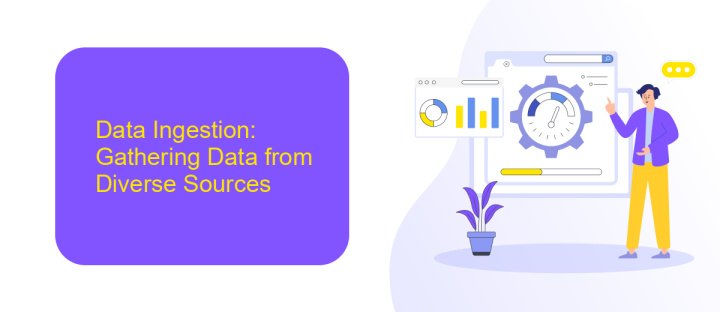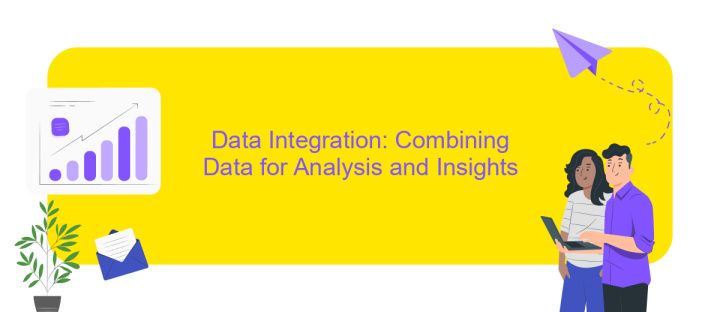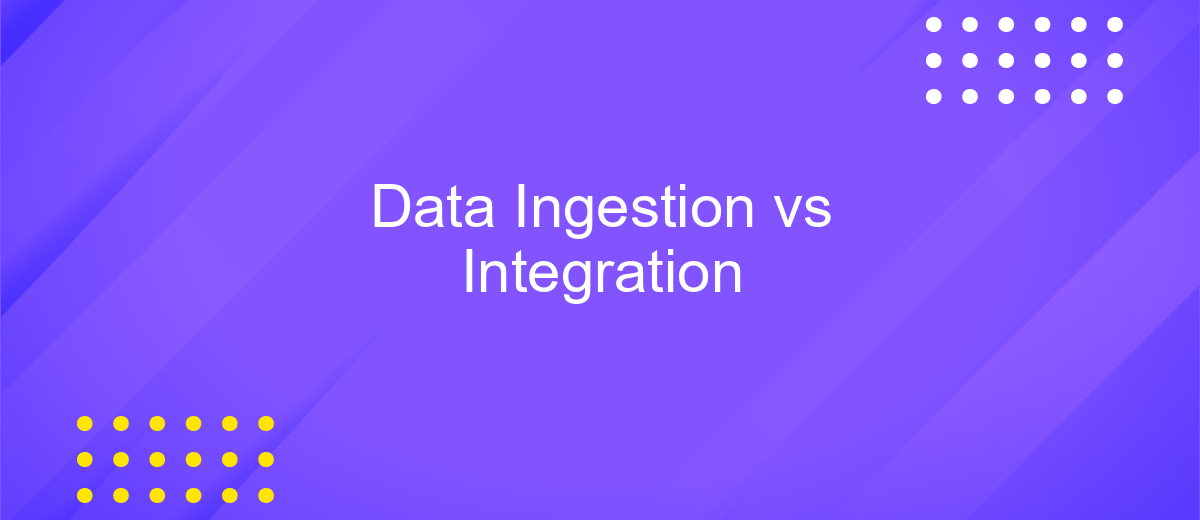Data Ingestion vs Integration
In the realm of data management, understanding the distinction between data ingestion and data integration is crucial for optimizing workflows and ensuring seamless data flow. While data ingestion focuses on the process of collecting and importing data from various sources, data integration emphasizes the harmonization and consolidation of this data to provide a unified, comprehensive view. This article explores these concepts in detail.
Introduction
In today's data-driven world, understanding the nuances between data ingestion and data integration is crucial for businesses aiming to leverage their data assets effectively. While both processes are essential for managing data, they serve different purposes and involve distinct methodologies. Data ingestion refers to the process of collecting and importing data for immediate use or storage in a database. On the other hand, data integration involves combining data from different sources and providing a unified view.
- Data Ingestion: Collecting and importing data from various sources.
- Data Integration: Combining data from multiple sources to provide a holistic view.
- Purpose: Data ingestion focuses on data collection, whereas data integration emphasizes data unification.
- Methodology: Data ingestion uses ETL (Extract, Transform, Load) processes, while data integration employs data warehousing and data lakes.
Understanding the differences between data ingestion and data integration is vital for optimizing data management strategies. By distinguishing these processes, businesses can better allocate resources, enhance data quality, and make more informed decisions. This article delves into the specifics of each process, highlighting their unique roles and benefits in the realm of data management.
Data Ingestion: Gathering Data from Diverse Sources

Data ingestion is the process of gathering data from various sources and bringing it into a single, centralized location for further processing and analysis. This involves collecting data from diverse origins such as databases, APIs, flat files, and streaming platforms. The primary goal is to ensure that data is ingested in a timely and efficient manner, maintaining its integrity and quality throughout the process. Effective data ingestion is crucial for businesses to make informed decisions based on real-time data insights.
To streamline the data ingestion process, organizations often leverage tools and services that automate the collection and integration of data. One such service is ApiX-Drive, which provides a user-friendly platform for setting up integrations without the need for extensive coding knowledge. ApiX-Drive supports a wide range of data sources and offers customizable workflows to ensure seamless data ingestion. By utilizing such tools, businesses can significantly reduce the time and effort required to gather data from multiple sources, allowing them to focus on data analysis and strategic planning.
Data Integration: Combining Data for Analysis and Insights

Data integration is a crucial process in the realm of data management, enabling organizations to combine data from different sources to gain comprehensive insights and make informed decisions. By merging datasets, businesses can achieve a unified view of their operations, customer behaviors, and market trends, facilitating more accurate analysis.
- Extract data from various sources such as databases, cloud services, and APIs.
- Transform the data to ensure consistency, quality, and compatibility.
- Load the integrated data into a centralized repository like a data warehouse or data lake.
Effective data integration not only streamlines data accessibility but also enhances data quality and reliability. It empowers organizations to leverage their data assets fully, driving strategic initiatives and fostering innovation. As a result, businesses can respond more rapidly to market changes and customer needs, maintaining a competitive edge in their industry.
Key Differences Between Data Ingestion and Data Integration

Data ingestion and data integration are critical processes in the data management lifecycle, but they serve distinct purposes. Data ingestion refers to the process of collecting and importing data from various sources into a storage system for further analysis. On the other hand, data integration involves combining data from different sources to provide a unified view, enabling comprehensive analysis and reporting.
The primary difference lies in their objectives and scope. Data ingestion focuses on the initial phase of data handling, ensuring that data is collected and stored efficiently. In contrast, data integration aims to consolidate disparate data sets to create a cohesive dataset that can be easily analyzed and interpreted.
- Objective: Data ingestion is about data collection, while data integration is about data unification.
- Scope: Ingestion deals with raw data intake, whereas integration deals with processed and refined data.
- Complexity: Data integration is generally more complex due to the need for data transformation and harmonization.
- Outcome: Ingestion results in data storage, while integration results in actionable insights.
Understanding the key differences between data ingestion and data integration is crucial for designing efficient data management workflows. Both processes are essential, but they address different stages and requirements within the data lifecycle.
- Automate the work of an online store or landing
- Empower through integration
- Don't spend money on programmers and integrators
- Save time by automating routine tasks
Conclusion
In conclusion, understanding the differences between data ingestion and data integration is crucial for any organization looking to manage its data effectively. Data ingestion focuses on the initial collection and import of raw data from various sources, ensuring that the data is available for further processing and analysis. On the other hand, data integration involves combining this ingested data from different sources into a unified view, making it accessible and useful for business intelligence and decision-making processes.
Utilizing tools like ApiX-Drive can significantly streamline both data ingestion and integration processes. ApiX-Drive offers seamless connectivity between various applications and services, automating data workflows and ensuring that data is consistently and accurately ingested and integrated. By leveraging such tools, organizations can enhance their data management capabilities, leading to more informed decisions and improved operational efficiency.
FAQ
What is Data Ingestion?
How does Data Integration differ from Data Ingestion?
Why is Data Ingestion important for businesses?
What are some common challenges in Data Ingestion?
Can Data Ingestion and Integration be automated?
Strive to take your business to the next level, achieve your goals faster and more efficiently? Apix-Drive is your reliable assistant for these tasks. An online service and application connector will help you automate key business processes and get rid of the routine. You and your employees will free up time for important core tasks. Try Apix-Drive features for free to see the effectiveness of the online connector for yourself.


